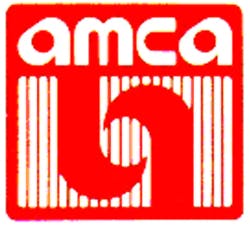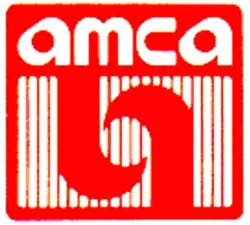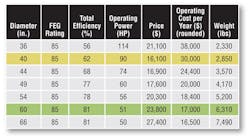14 Tips for Reducing Wasted HVAC Fan-System Energy
In 2010, Air Movement and Control Association International (AMCA) hosted a meeting with consulting engineers from the Chicago area and asked them where energy efficiency fell as a priority when sizing/selecting fans. They answered that what they really care about is whether a fan fits in the box and meets acoustical requirements. Efficiency, they said, was not a priority, but would become one if required by code.
As described in the inaugural Associations Solutions column in the January 2014 issue of HPAC Engineering, codes are beginning to adopt fan-efficiency requirements. But codes alone won’t do much to save fan energy—even the most efficient fan will perform poorly if not sized properly. A few sharp turns immediately before or after a fan will kill performance, even if the fan is sized and selected properly.
This article provides design and specification tips for reducing wasted energy in air systems and for substantially reducing total cost of ownership.
References
1) ASHRAE. (2011). 90.1 user’s manual. Atlanta: ASHRAE.
2) AMCA. (2011). AMCA publication 201-02 (R2011): Fans and systems. Arlington Heights, IL: AMCA.
3) ASHRAE. (2012). ASHRAE handbook—HVAC systems and equipment (pp. 19.2-19.6). Atlanta: ASHRAE.
4) ASHRAE. (2013). 2013 ASHRAE handbook—Fundamentals (pp. 21.15-21.17). Atlanta: ASHRAE.
develops and advocates consensus positions on energy efficiency and green construction codes among Air Movement and Control Association International (AMCA) member companies. AMCA is a not-for-profit manufacturers association with more than 320 member companies in North and South America, Europe, Asia, and the Middle East.
About the Author
Michael Ivanovich
Director of Strategic Energy Initiatives
Michael Ivanovich develops and advocates consensus positions among AMCA member companies on energy efficiency and green construction codes. AMCA International is a not-for-profit manufacturers association with +320 member companies in North and South America, Europe, Asia, and the Middle East. He also publishes the AMCA Energy Focus newsletter, and advises AMCA members on green markets.



